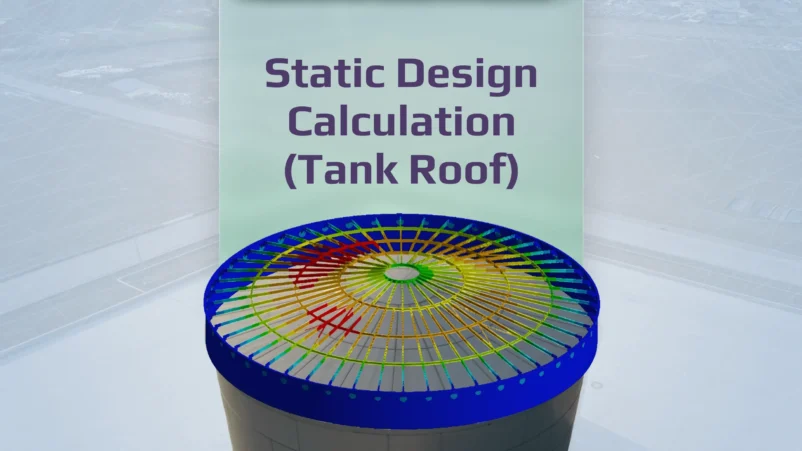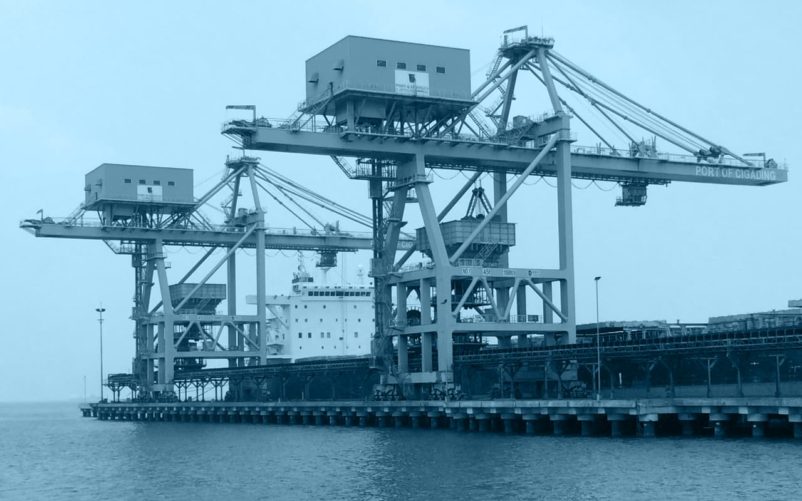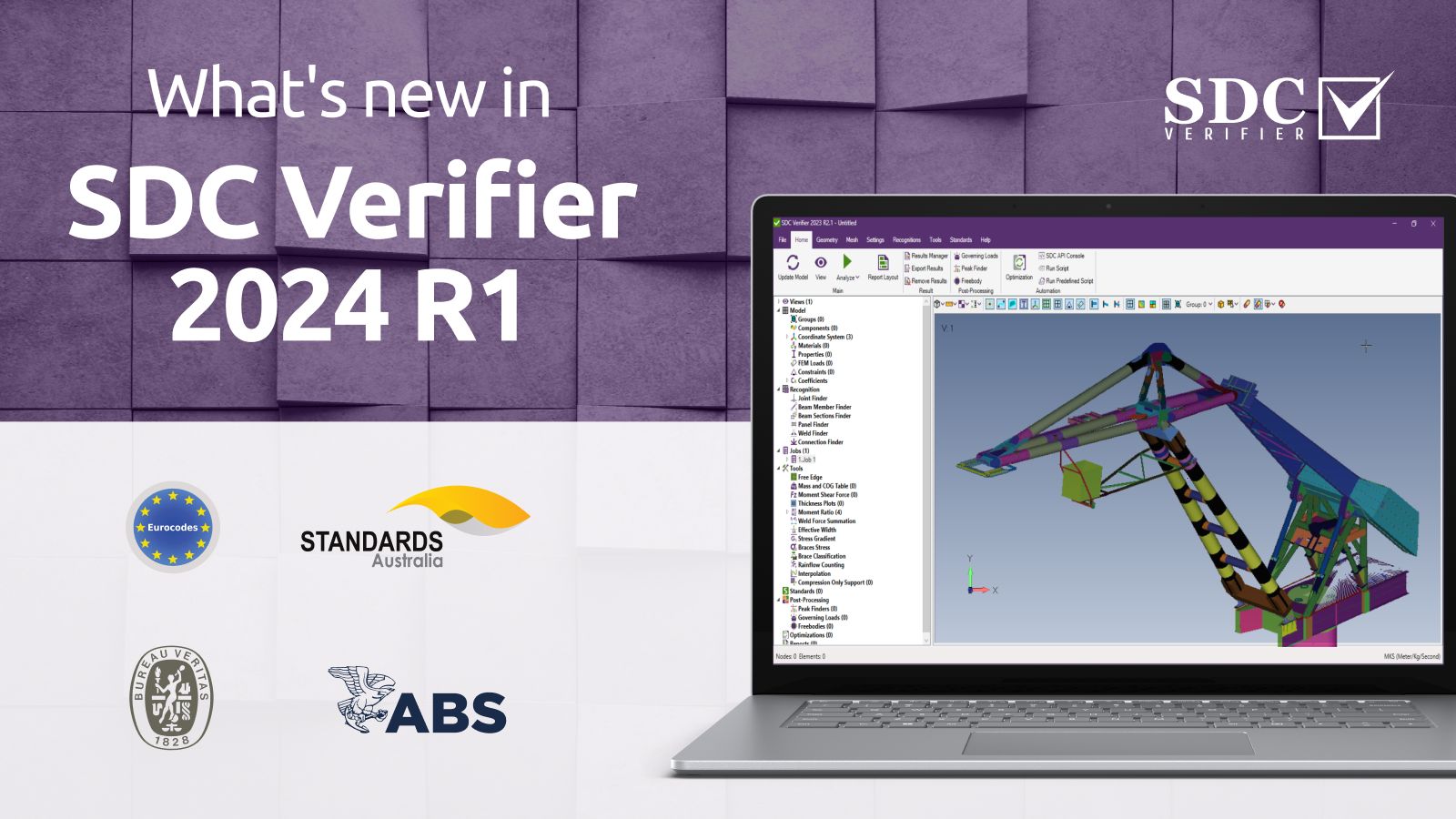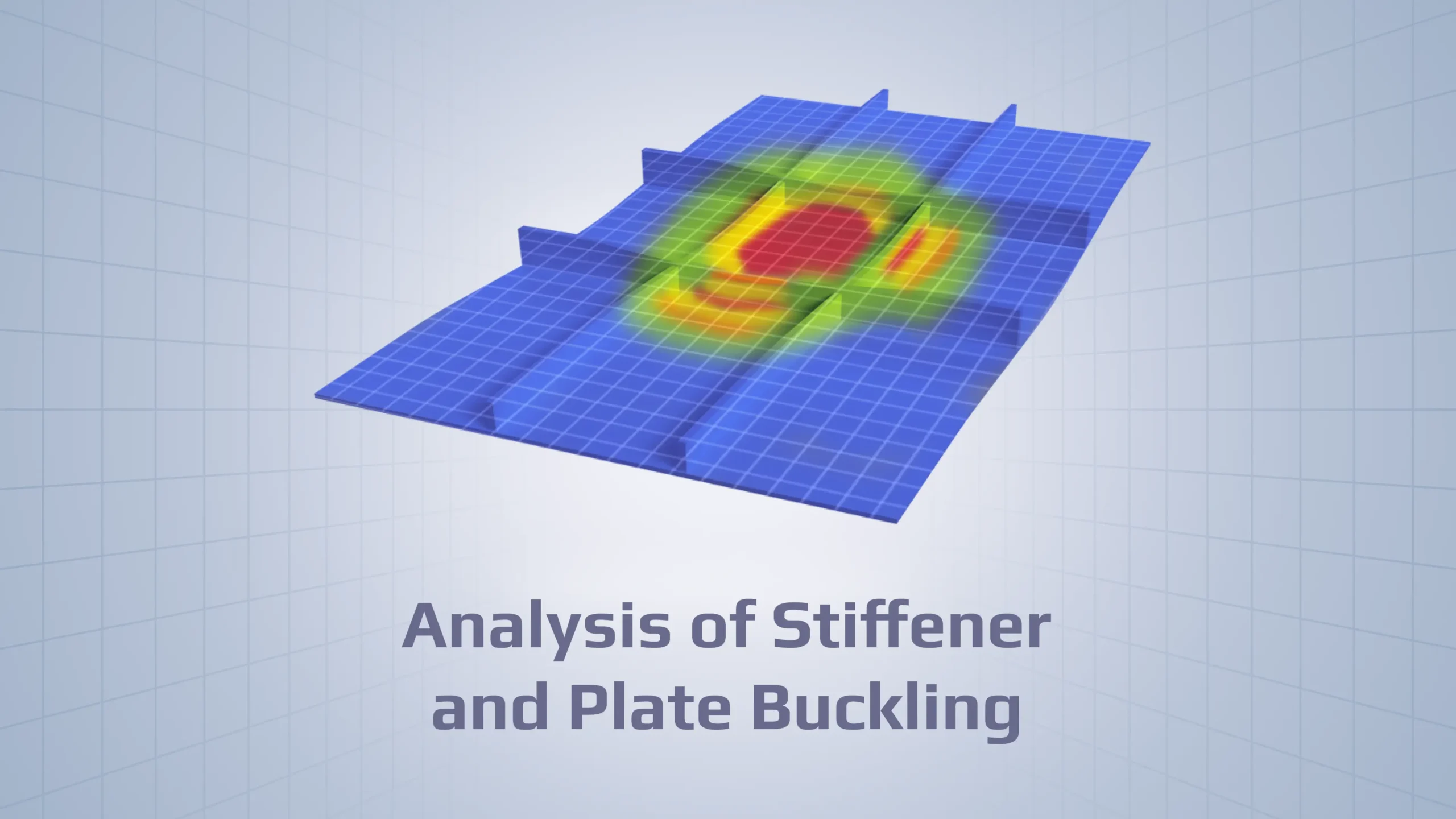Fatigue Stress and Its Role in Structural Failure
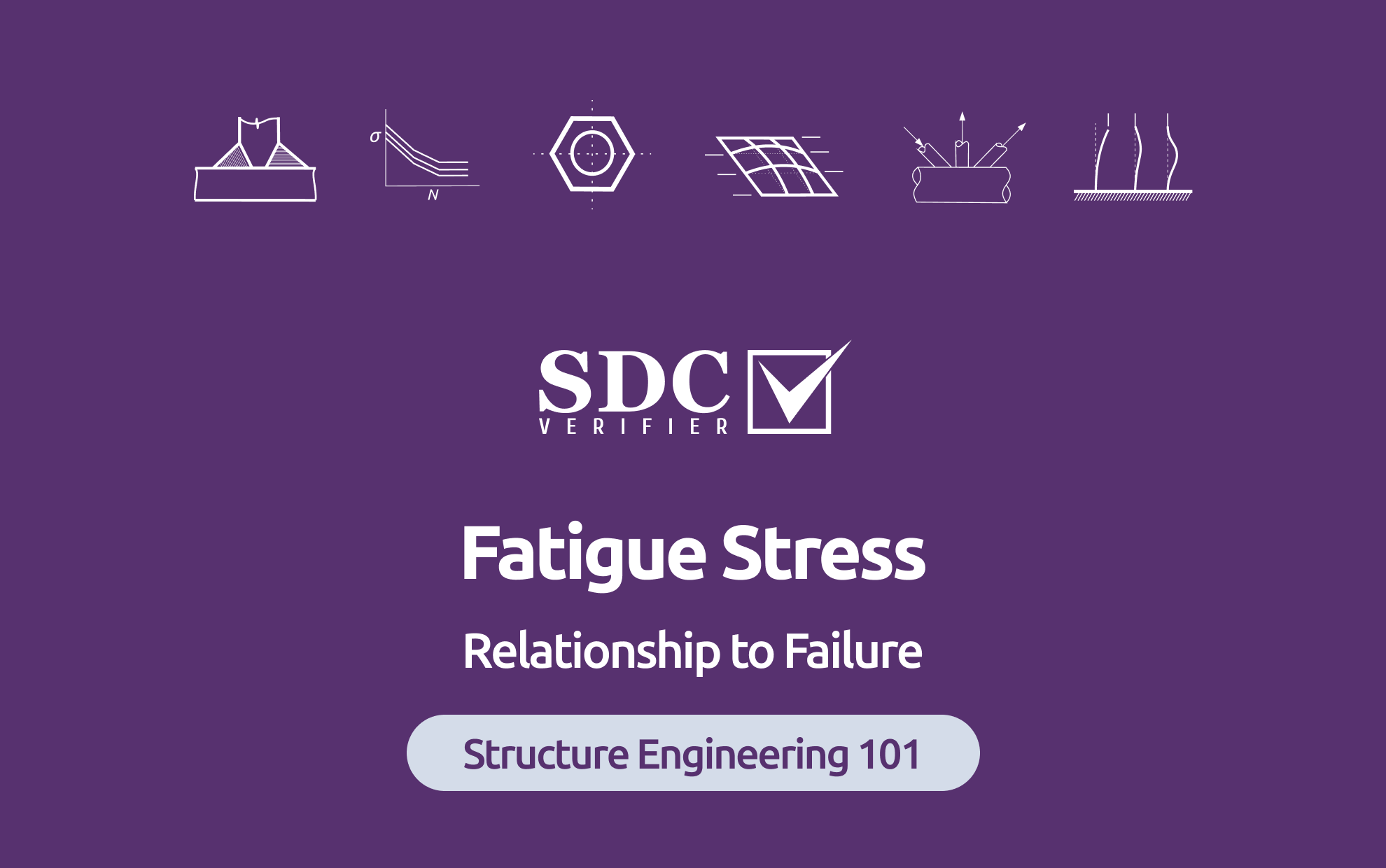
We’ve previously explored the general concept of fatigue, its various types, and the factors that contribute to its onset; it’s crucial to recognize the central role that fatigue stress plays in this insidious process.
In this article, we’ll examine fatigue stress’s intricacies, distinct types, its relationship with structural failure, and the methods engineers employ to predict and mitigate its devastating effects.
Read our previous topics in our Fundamentals of Fatigue article series:
- What is Fatigue? (Definitions, Types, Causes)
- Fatigue Strength and Limit (Materials-Specific Data)
- Fatigue Life: Key Influencing Factors and Advanced Prediction Methods
What is Fatigue Stress?
Fatigue stress is the fluctuating or cyclic stress that relentlessly chips away at a material’s strength over time. However, it’s not just about the repetition; it’s about the dynamic of stress levels that truly sets fatigue apart from its static counterpart.
Imagine a bridge enduring the constant rhythm of traffic. Each passing vehicle exerts a load, causing the bridge’s structural members to flex slightly. This seemingly minor flexing introduces tiny stress variations within the material. Over countless crossings, these fluctuations accumulate, weakening the bridge’s integrity until, one day, a seemingly insignificant load triggers a catastrophic failure.
This is the essence of fatigue stress – a subtle, persistent force that, unlike static stress, doesn’t simply push or pull; it ebbs and flows, testing a material’s resilience with each cycle.
Parameters of Fatigue Stress
- Stress Amplitude. Each stress wave’s “height” represents the magnitude of stress variation from the mean. A higher amplitude signifies a more intense stress fluctuation, accelerating fatigue damage.
- Mean Stress. This is the “baseline” stress level around which the fluctuations occur. A higher mean stress can make a material more susceptible to fatigue failure, even with lower stress amplitudes.
- Stress Range. The difference between a cycle’s maximum and minimum stress levels. It provides a measure of the overall stress variation of a material experience.
Diverse Types of Fatigue Stress
While tension and compression are common forms of fatigue stress, they are not the only players in this destructive game. Other types include:
- Bending Stress: Think of a seesaw repeatedly going up and down. Beams and shafts in rotating machinery experience similar bending stresses, causing alternating tension and compression on opposite sides of the component.
- Torsional Stress: Imagine twisting a rod back and forth. Components like drive shafts and axles encounter torsional stress, leading to shearing forces that can initiate fatigue cracks.
- Combined Stress: Real-world structures rarely experience a single type of stress in isolation. The interplay of multiple stress types creates a complex stress state, making fatigue analysis even more challenging.
Stress Concentration: Where Cracks Begin
Stress concentration is the magnifying glass that focuses on the destructive power of fatigue stress. Geometric discontinuities, such as sharp corners, holes, or sudden changes in cross-section, act as stress amplifiers, creating localized stress levels far exceeding the nominal applied stress.
Imagine a paper clip with a slight bend. When you try to straighten it, the bend becomes the point of most incredible stress, eventually leading to a crack and failure. Similarly, in a structural component, stress concentrations become breeding grounds for fatigue cracks, initiating events that can culminate in catastrophic failure.
Finite Element Analysis (FEA) software SDC Verifier allows engineers to visualize and quantify stress concentration hotspots within a component, guiding design modifications to minimize their impact and enhance fatigue life.
To gain a visual understanding of how stress concentrations impact fatigue life, watch this informative video:
A Closer Look at Fatigue’s Destructive Path
S-N curves, or stress-life curves, have long been a cornerstone of fatigue analysis. They provide engineers with a visual representation of a material’s fatigue life under different stress levels. They offer a valuable tool for predicting how many cycles a component can endure before succumbing to fatigue failure. However, it’s important to remember that these curves simplify a complex reality.
Fatigue data is inherently scattered, reflecting the natural variability in material properties and loading conditions. Thus, an S-N curve represents a statistical average, not a guarantee. Moreover, it primarily focuses on the final fracture, often neglecting the early crack initiation and propagation stages. We must explore the intricate mechanisms beyond the S-N curve to understand fatigue failure truly.
The Birth and Evolution of a Fatigue Crack
Fatigue failure doesn’t occur overnight; it’s a gradual process that unfolds at the atomic level. Under cyclic loading, microscopic dislocations within the material’s crystal structure begin to move and accumulate, creating slip and persistent slip bands (PSBs). These PSBs act as stress concentrators, paving the way for crack initiation at the surface or near stress concentration points.
Once initiated, the crack doesn’t simply grow in a straight line. Depending on the stress state and material properties, it can propagate in different modes:
- Mode I: Opening Mode: The crack faces move directly apart, driven by tensile stresses perpendicular to the crack plane.
- Mode II: Sliding Mode: The crack faces slide past each other, caused by shear stresses parallel to the crack plane.
- Mode III: Tearing Mode: The crack faces slide past each other in a direction perpendicular to the crack front, induced by out-of-plane shear stresses.
Various factors influence the rate at which the crack grows
The Stress Intensity Factor (ΔK) quantifies the stress field near the crack tip and directly affects the crack growth rate. Higher ΔK values lead to faster propagation.
Load Ratio (R) of minimum to maximum stress in a cycle impacts crack closure and, consequently, the influential stress intensity factor.
Corrosive environments can accelerate crack growth through stress corrosion cracking, while high temperatures can reduce material strength, making them more susceptible to fatigue damage.
Essential Formulas for Deeper Insights
While the S-N curve provides a foundational understanding of fatigue behavior, real-world structures often encounter more intricate loading conditions.
To navigate these complexities, engineers rely on a suite of advanced formulas that delve deeper into the intricacies of fatigue stress analysis:
| Formula | Description | Example Application | Relevance in Engineering |
| Goodman & Soderberg Criteria | Assess the safety of components under the combined influence of mean and alternating stresses, crucial for designing durable structures subjected to complex loading. | Evaluating the fatigue life of a bridge girder subjected to both traffic loads (alternating stress) and its weight (mean stress). | Widely used in mechanical and civil engineering for designing components like gears, shafts, and structural members. |
| Paris Law | Predicts the rate of fatigue crack growth under cyclic loading, enabling estimation of remaining component life and informing maintenance schedules. | Estimating the remaining life of an aircraft wing with a detected crack based on its growth rate under flight loads. | Critical in aerospace, automotive, and other industries where crack growth monitoring is essential for safety. |
| Miner’s Rule | Evaluates the cumulative damage from varying stress levels to predict when fatigue failure is likely to occur, aiding in the design of components subjected to irregular loading patterns. | Assessing the accumulated damage in a wind turbine blade due to fluctuating wind loads and predicting its remaining lifespan. | Valuable for analyzing structures exposed to variable amplitude loading, such as offshore platforms and wind turbines. |
Goodman and Soderberg Criteria
When components face a combination of mean and alternating stress, these criteria help determine safe operating limits to prevent fatigue failure. They account for the interaction between these stress components, ensuring that the combined effect doesn’t exceed the material’s fatigue strength.
Imagine a bridge girder subjected to traffic loads (alternating stress) and its weight (mean stress). The Goodman criterion helps ensure that the combined effect of these stresses doesn’t push the girder beyond its fatigue limit.
Paris Law
This equation unveils the secrets of crack growth, predicting how fast a fatigue crack will propagate under cyclic loading. By understanding the relationship between crack growth rate, stress intensity factor range, and material properties, engineers can estimate the remaining life of a component with an existing flaw.
Consider an aircraft wing with a detected crack. Paris law allows engineers to predict how quickly this crack will grow under flight loads, enabling them to schedule timely inspections and repairs to prevent catastrophic failure.
Miner’s Rule
In the real world, structures rarely experience constant amplitude loading. Miner’s rule provides a framework for assessing cumulative damage under varying stress levels, predicting when the accumulated damage will reach a critical threshold and lead to failure.
A wind turbine blade experiences varying stress levels due to changing wind speeds. Miner’s rule helps assess the accumulated damage from these fluctuating loads, predicting when the blade might reach its fatigue life and require replacement.
Conclusion
Fatigue stress, the silent saboteur of structural integrity, presents a multifaceted challenge to engineers. Its cyclical nature, diverse manifestations, and intricate relationship with failure demand a comprehensive understanding and proactive approach.
By mastering the language of fatigue stress, armed with a deep understanding of its nuances, and equipped with advanced prediction methods and software SDC Verifier, engineers can design structures that withstand the test of time and thrive under the relentless onslaught of cyclic loading.
